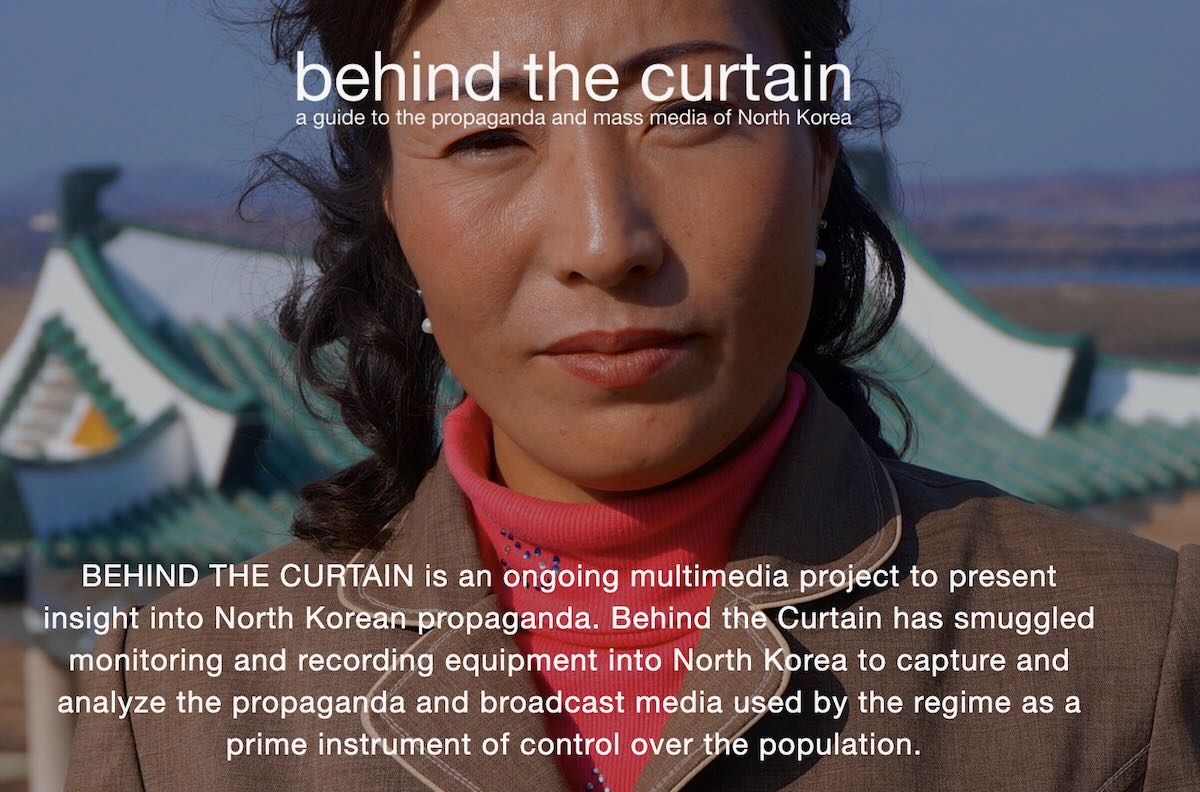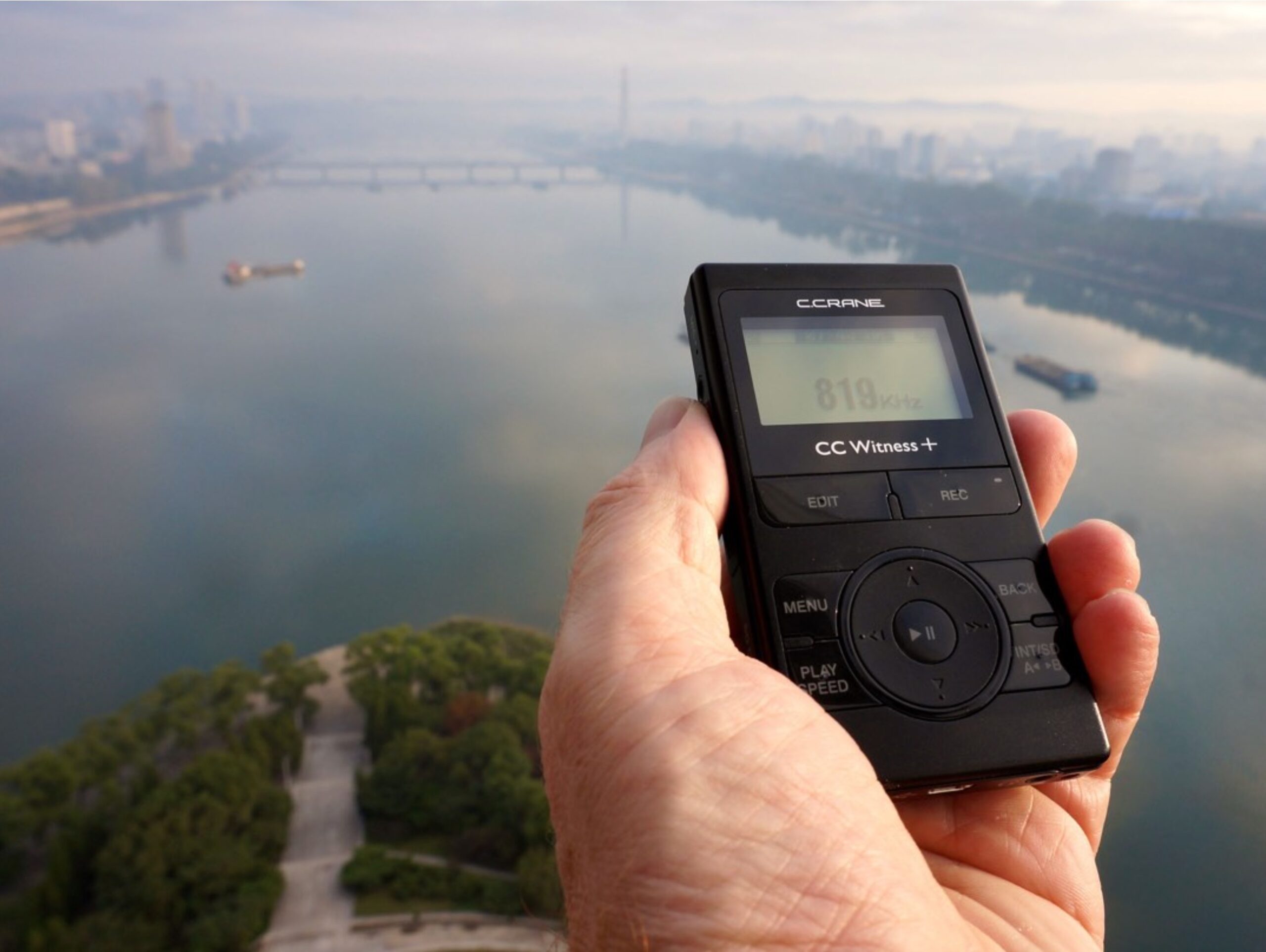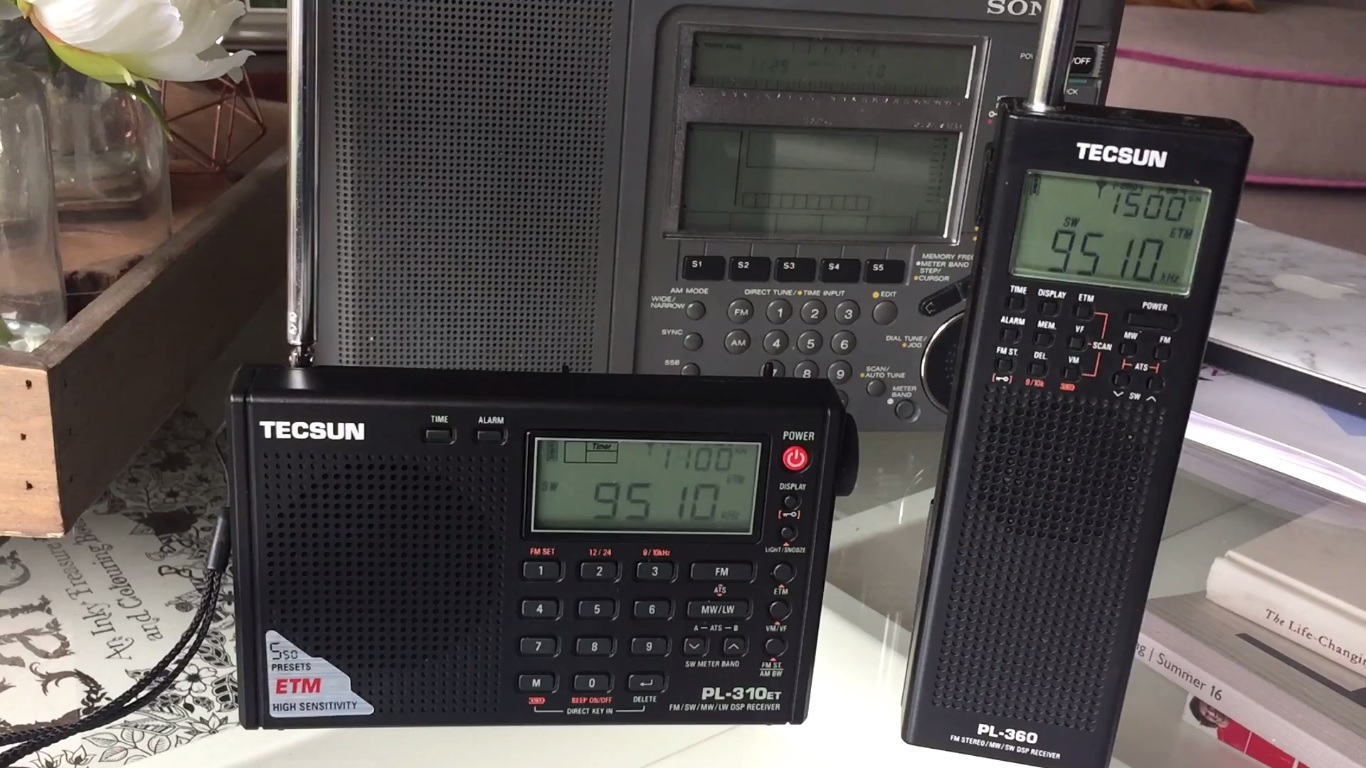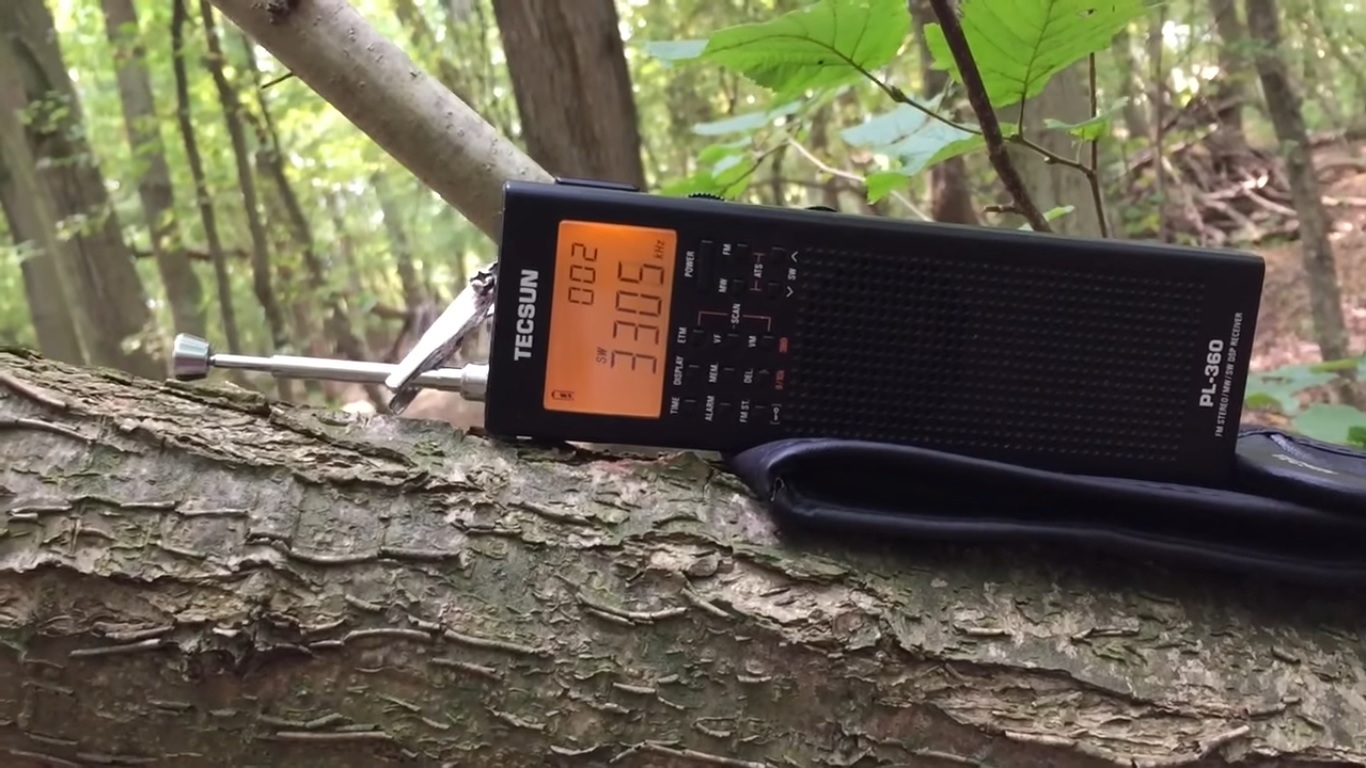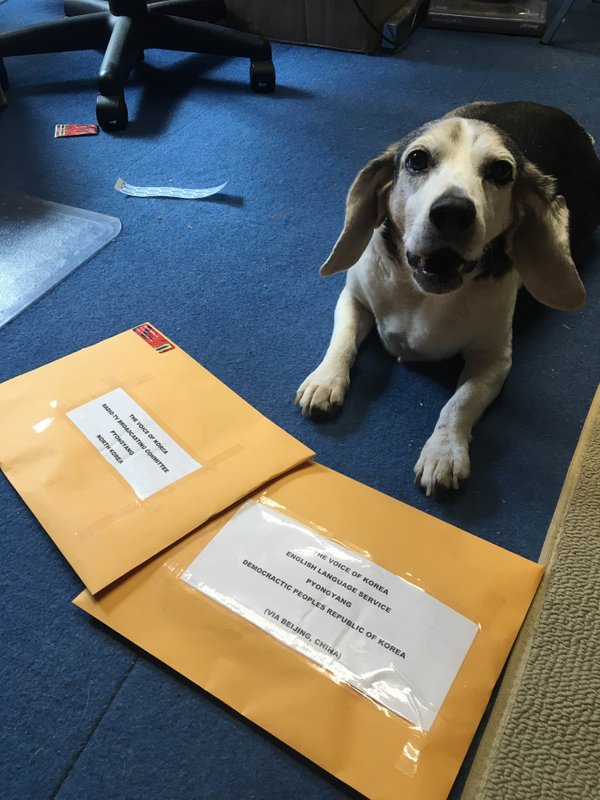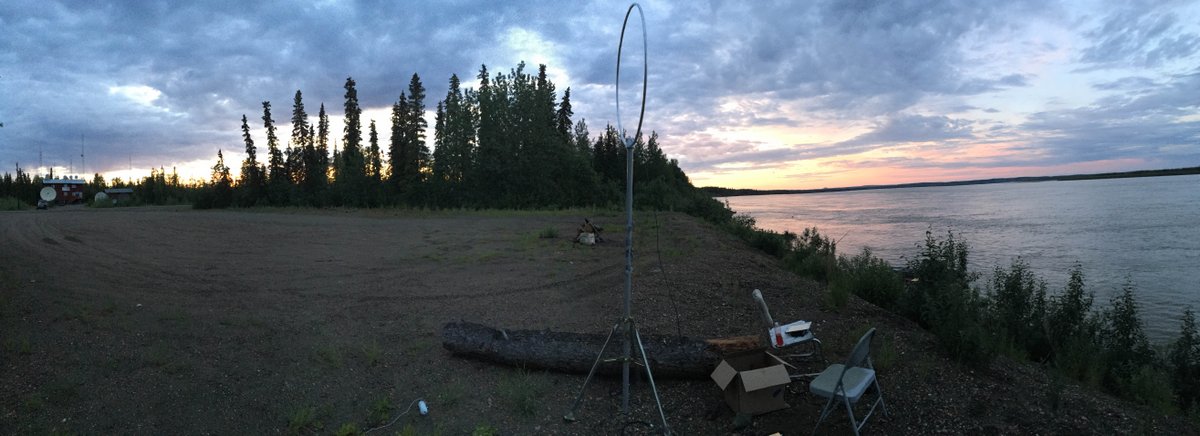 In the last issue of Radio Waves, we featured an article by Hans Johnson at Red Tech about DRM broadcasts originating in North Korea. This caused me to question exactly what these DRM broadcasts were (Voice of Korea?) and why they’ve chosen to use DRM as the mode.
In the last issue of Radio Waves, we featured an article by Hans Johnson at Red Tech about DRM broadcasts originating in North Korea. This caused me to question exactly what these DRM broadcasts were (Voice of Korea?) and why they’ve chosen to use DRM as the mode.
Of course, who really knows? North Korea isn’t public about any of their activities, so we rely on information from enthusiasts who have taken it upon themselves to investigate and confirm. Johnson assumed, “The most likely use [of DRM] would be as an audio feed to other stations and sites.” He used Radio New Zealand’s DRM service as an example, but I felt this to be unlikely with North Korea who doesn’t seem to use FM, MW, or shortwave relay sites in other parts of the world.
Fortunately, our friend Mark Fahey is an expert on North Korean media, broadcasts, and propaganda. Mark is the author and curator of the dynamic Behind The Curtain project.
I reached out to Mark via text message regarding North Korea’s use of DRM. Here’s what Mark shared with me earlier this week. This roughly follows the string of messages we exchanged.
Mark writes:
[October 3, 2022] I have been turning into the North Korean DRM today on the new reported frequency in the [Red Tech] magazine: 6140kHz, though it’s not VOK, it’s a relay of 819kHz Pyongyang.
This service is called KCBS – Korean Central Broadcasting Service – it’s the main domestic service that is available on MW (a few FM outlets) and domestic SW across North Korea.
I will grab an audio ID off DRM for you at the top of the next hour – 0100 UTC. The DRM broadcast is only running one audio stream. It’s ACC audio 14.56kbps. As for purpose, maybe to feed the national AM relays, but also could be for North Korean ships, etc.
The other DRM frequency of 3205kHz is not on the air at the moment. I will check for it over the next 24hrs etc.
I just recorded the top of the hour. It was going in and out of DRM sync – I will send it now. I will grab a better sample tonight when there is a darkness path. The sun is well up in Pyongyang & Sydney at the moment (Noon Sydney – 10AM North Korea). Here is the Top Of The Hour ID from 10 minutes ago…
KCBS 6140 kHz (October 3, 2022)
I will record the station opening as well tomorrow morning – this domestic service also has an interval signal (the same tune as VOK–the first bars of “The Song (Hymn) of Kim Il Sung”). The opening is at 2000 UTC.
[October 4, 2022] OK here you go: both audio files (one from 6140kHz and the other from 3205kHz) are just from minutes ago as KCBS Pyongyang signed on. The signals go in and out of DRM lock here and this morning 3205kHz was the better–displayed at SNR at 13dB but still the DRM signal was breaking up.
Both DRM transmitters are running the same program: the main MW national service as heard on 819kHz in Pyongyang.
So I’m sure this DRM has nothing to do with the Voice Of Korea and is for domestic purposes.
I actually do not think it has anything to do with feeding remote transmitters as the DPRK has fibre and microwave links already in place for that purpose. I myself think it’s more likely intended for North Korean fishing vessels, navy, merchant shipping etc. But of course, nobody truly knows!
KCBS 3205 kHz (October 4, 2022)
KCBS 6140 kHz (October 4, 2022)
Thank you so much for your recordings and insight, Mark!
As I mentioned, Mark has a massive DPRK audio repository on his website Behind The Curtain. These are recordings you simply can’t find anywhere else, including hours of pristine Pyongyang FM recorded on a CC-Crane Witness Mark personally smuggled into Pyongyang.
In fact, the above photo is the CC Witness in Mark’s hand overlooking central Pyongyang.
Mark told me that the CC Witness was ideal–he used it on a number of content gathering trips to North Korea as it resembled an MP3 player or dictation recorder rather than a radio. Since it wasn’t suspected as being a radio recording device, it passed through the North Korean border each time without incident.
It’s an understatement to say that Mark took a number of risks to gather North Korean media from “Behind the Curtain.” Thank you, again, Mark, for sharing this info about DPRK DRM broadcasts.
Check out numerous recordings from North Korea in Mark’s archive.

